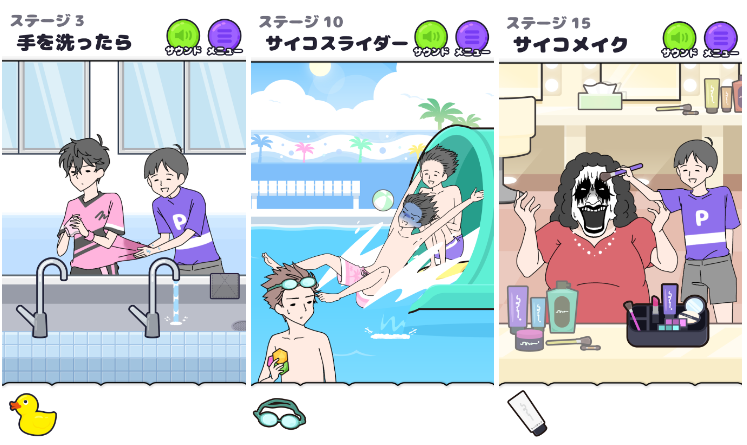There are many bright minds in the Southern San Francisco Bay Area of California. Startups and global tech companies like Apple, Facebook and Google are roaming the famous Silicon Valley. Sanas is also one of those Silicon Valley startups. Voice tech’s goal: to make the world seem whiter.
“Sanas creates an interconnected, friendly and emotional world by revolutionizing the way we communicate,” states the young company’s website. He continues, “Our mission is to make life better by expanding the horizons of what is possible with your voice.”
If you keep browsing the software company’s website, you’ll quickly end up with a demo. There is written “hear magic”. A man smiling widely. Below that, an audio clip demonstrates a classic call center conversation. The employee speaks with an Indian accent. Now you can activate the slider and listen to the conversation with Sanas. It sounds somewhat automated, the accent is gone and the employee speaks like a white American.
It’s the kind of voice that is most heavily adapted to Americans by radio, television, and other media. Tom McKinney, professor of comparative literature at Berkeley, also refers to the sound as “the white voice.” “We hypothesized that the language patterns commonly associated with whites in the United States were phonemic neutral and voice standard,” he told the news portal.svgat“.
Accent masking technology is designed to make callers more polite
Sanas president Marty Sarim stresses that Sanas doesn’t want to say “dialects are a problem just because you have one.” Accents are only a problem because they lead to bias and misunderstanding. The thinking behind the accent masking technique: Callers are more polite and more willing to ask for help when they think they’re talking to someone who looks more like them. In plain language: they are less insulting, calmer, and less racist.
Call center workers in countries like India or the Philippines have to put up with a lot. Work conditions are harsh: Frustrated callers talk to people who have no real power to solve problems. Scripts should be eliminated, and monitoring systems closely monitor the work of employees. It is recorded and analyzed. They will get warnings on the screen if they are talking too fast or too slow.
Nor is it new that call centers urge their employees to develop a tone that sounds “neutral” to Americans. Some even adopt American names or identities, others so universally that they subsequently experience a severe form of dissociation (partial to complete disintegration of normally associated psychological functions) during work hours. This stems from research by Winifred Poster, professor of sociology at Washington University in St. Louis.
Accent provokes racism and ethnic intolerance
Experts have expressed concerns about SFGATE’s audio startup approach. For example, Poster describes the situation as follows: “Ostensibly, it reflects communication difficulties – people who are unable to understand the language of others. But in fact, how it generates racist dialect and ethnocentrism is emblematic of a whole host of other problems.”
Poster says that all of the “real outsourcing problems” won’t be solved even with Sanas technology and focus on dialect. The opposite is true: they are hidden under a white American voice, which makes the caller feel better. However, the shortcomings remain.
The real problems are harsh monitoring and low autonomy in call centers
“A service like Sanas probably won’t help call center workers,” Poster continues. Not even with a flawless artificial tone. “That doesn’t hide the fact that outsourcing exists or that the call is unlikely to be made in the US,” she says. “Even if you have a different name or accent, they can still recognize it.”
Ultimately, technology serves the well-being of Americans. And even if employees’ voices no longer provoke racial harassment, a culture of strict surveillance and a bit of independence will remain, the sociologist summarizes. This leads to exhaustion and tremendous pressure.
Anyway, Sanas is reaching for the stars. According to the company’s promotional materials, at least seven outsourcing companies have already deployed Sanas products in their call centers. In the future, there are also plans to set up headquarters in India and also to tweak dialects in consumer video and audio recordings. Interest in film and television is present, new voices are in the works. At some point there may be different American dialects. Depending on where the caller is coming from, the “correct” sound can be determined at the other end of the listener. Then the call center employee gradually disappears from the public eye.
In any case, Sanas president Marti is sternly convinced of the technology: “We believe we are on the verge of a technological breakthrough that will be understood by everyone around the world. We don’t see anything bad coming out of this.”
Also interesting:

“Certified tv guru. Reader. Professional writer. Avid introvert. Extreme pop culture buff.”






;Resize=(1200,627)&impolicy=perceptual&quality=medium&hash=b5e8608028ab304f095c2356614640b334fc79d840f869e27c7cf0be62b9ed2a)
More Stories
Chassis and transmission of the G 580 with EQ
OpenAI modernizes enterprise applications | OnlineMarketing.de
Classic espionage, cyber attacks, creating economic dependencies, and technology withdrawal –